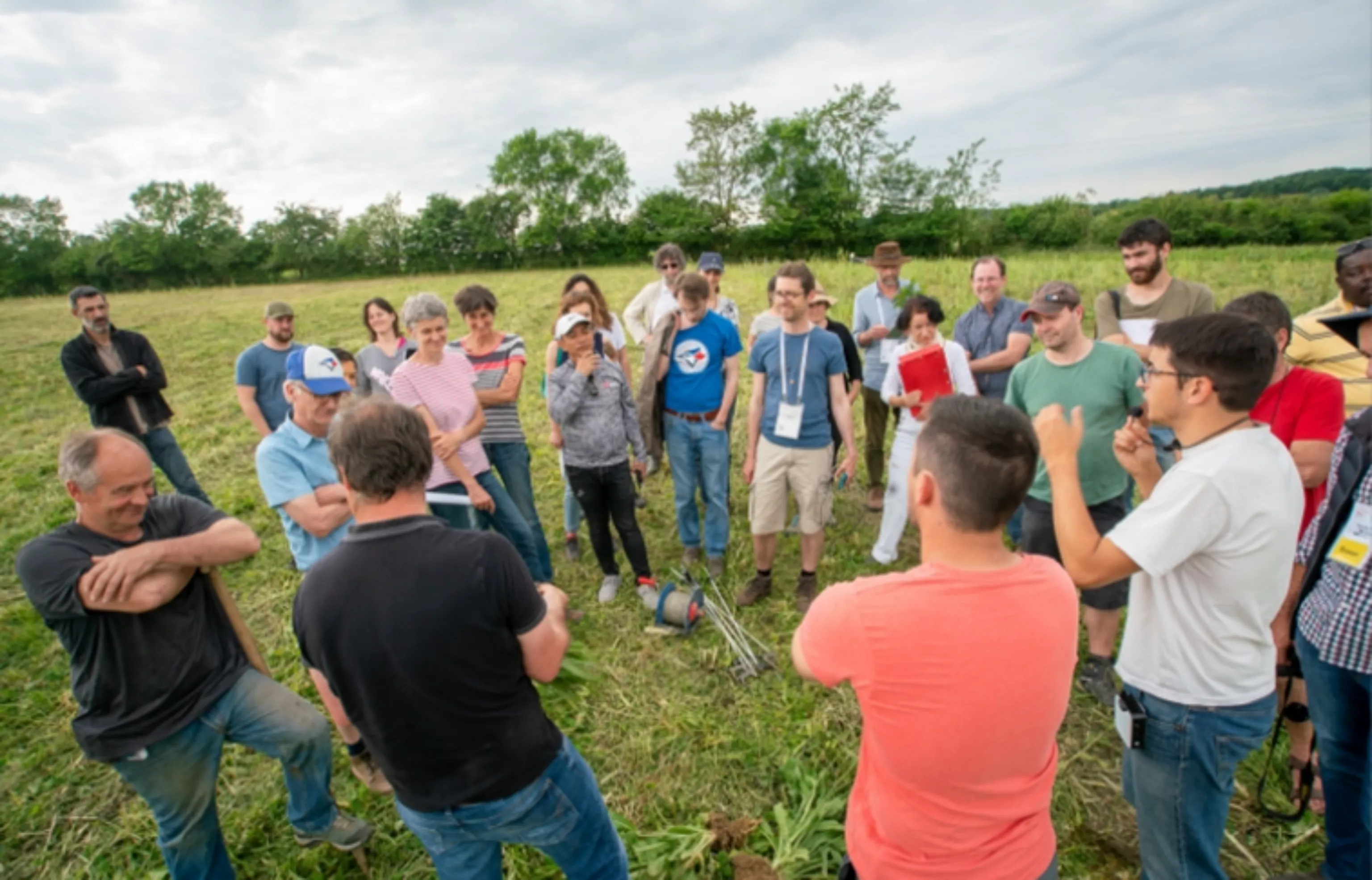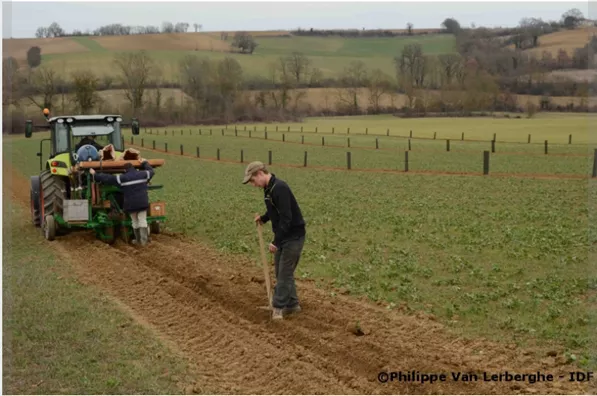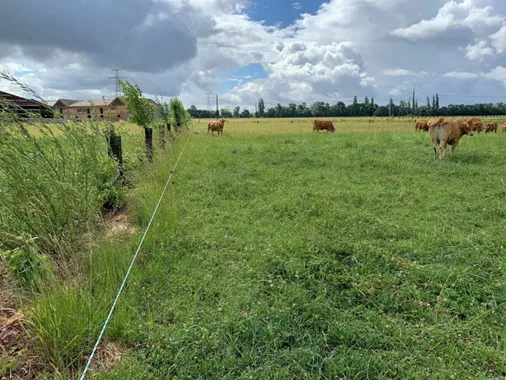Herds and Trees
Since 2007, the Association Française d’Agroforesterie (AFAF) has been working to develop agroforestry in France, both on the agricultural scene and among the general public and institutions. The association is a platform for exchange and partnership between farmers, technical operators in agriculture and forestry, research, agricultural education, political decision-makers, local authorities and administrations.
The ‘Des Troupeaux et des Arbres’ project supported by the AFAF is part of a scientific approach to experimenting with the impact of fodder trees, such as the white mulberry, in a network of pilot livestock plots. Grass-fed livestock farming is an essential way of regenerating soils and their fertility, and therefore of combating climate change, through the meadows it allows to be integrated into crop rotations. The references thus created can be shared and adapted nationally, enabling these practices to be rolled out across all livestock farming regions.
By providing a secure source of food for their herds, trees make it possible to maintain livestock farming in areas where summer production from meadows is becoming increasingly uncertain, leading to fears that this activity will be abandoned in the medium term. Maintaining grazing livestock in agricultural areas is a fundamental factor in agronomic and economic resilience, and therefore in the sustainability of agriculture as a whole.
The project will run for 6 years, and is organised around 4 main stages:
- Setting up pilot plots : designing and setting up each field trial (part of the project will be completed in 2020).
- Definition of monitoring protocols : analysis of the relative benefits of different planting methods (rooted seedlings or cuttings) and management techniques (grazed or harvested coppice, pollarding) on system performance (productivity, food quality, profitability, etc.) in the short and medium term (changes over time, sustainability of practices).
- Data collection and analysis : mobilisation of the Landfiles digital platform (capitalising on feedback from the field in agro-ecology and leading progress groups).
- Dissemination of results : full technical report, information sheets, articles in the specialist press and video testimonials. Dissemination will be via all the AFAF’s sharing tools (Landfiles, website, newsletters, social networks).



